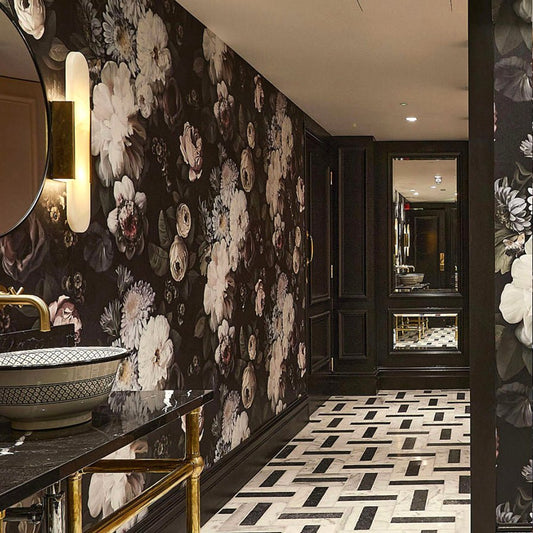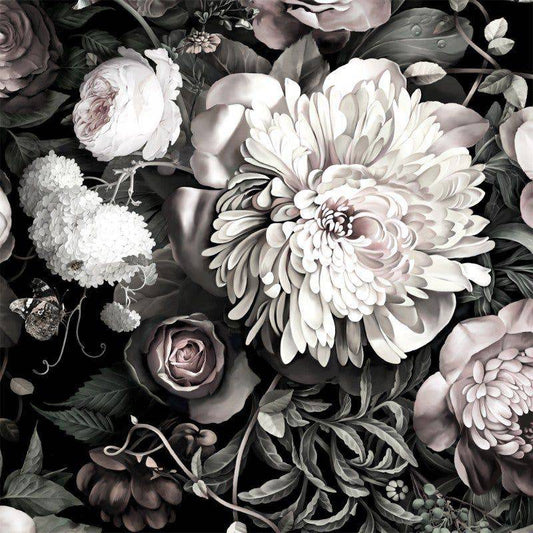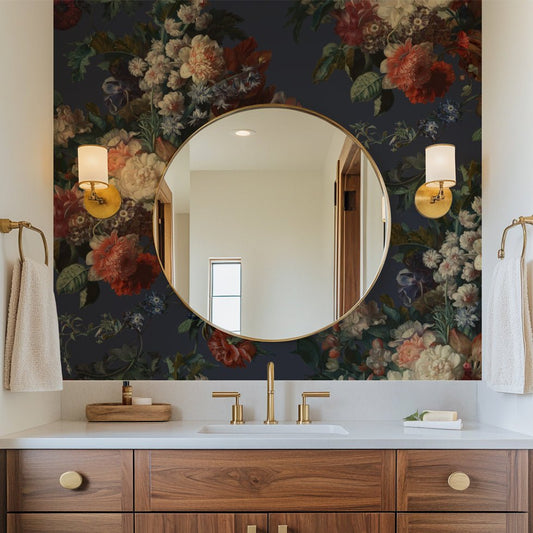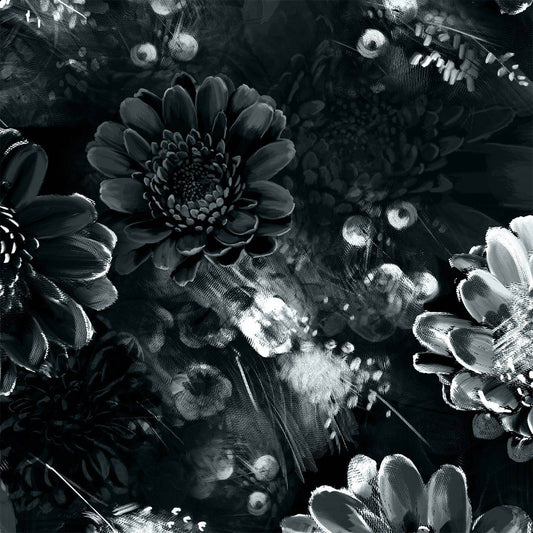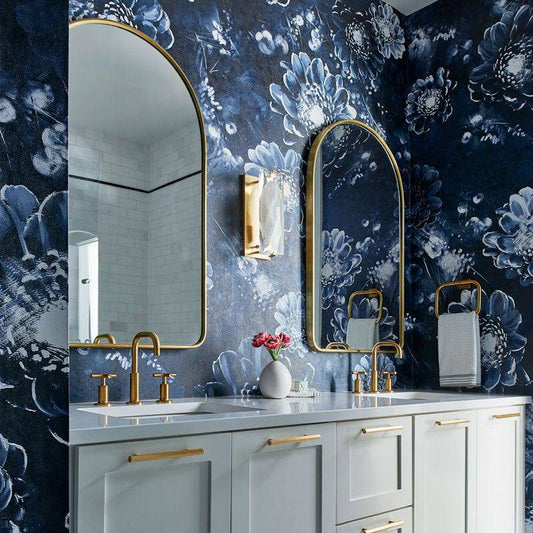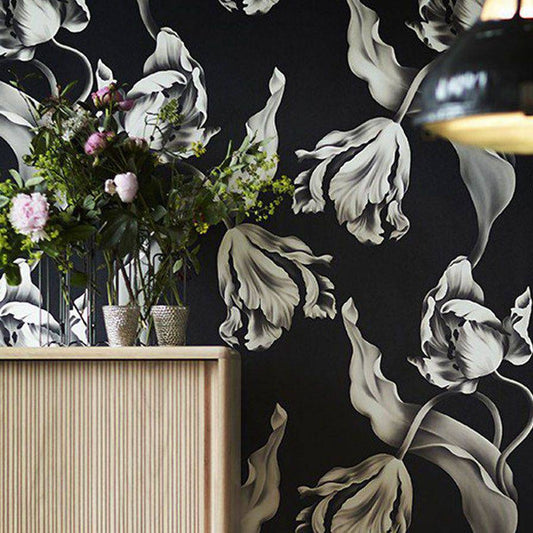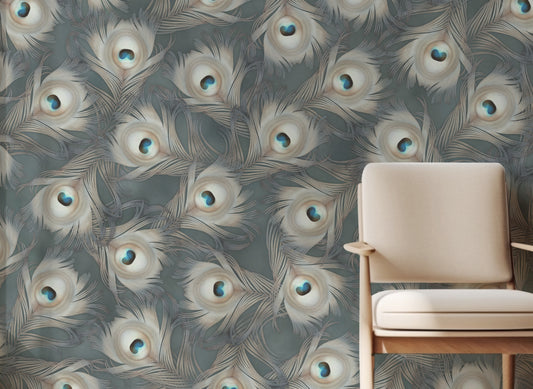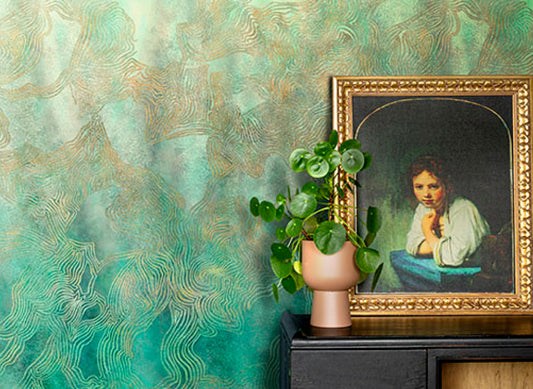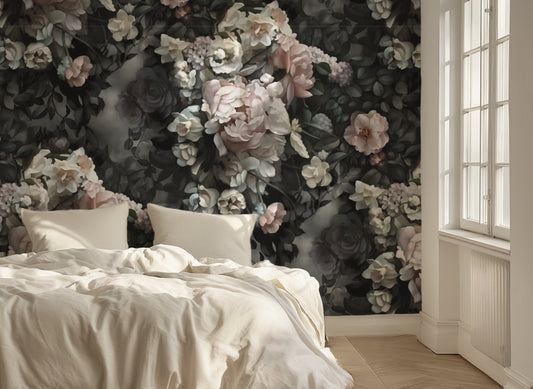How to Install Wallpaper
From preparation to finishing touches, this step-by-step guide walks you through everything you need to know to install your Ellie Cashman Design wallpaper with confidence and ease. For the best results, we recommend working with a professional wallpaper installer.
Watch our Tutorial
What You’ll Learn:
✔️ How to prep your walls for installation
✔️ Best techniques for aligning designs and seams
✔️ Tips for smoothing out air bubbles and wrinkles
✔️ How to trim and finish for a professional look
Need more help? Visit our Wallpaper FAQs.
Pre-Installation Checklist
1. Check Your Order
Ensure you've received the following:
- Correct number of wallpaper strips to fit the width of your wall.
- Proper length of strips to cover the height of your wall.
- High-quality printing with no noticeable imperfections.
Note: While rare, imperfections such as striping, dots, or unusual colors can escape our quality control process. If you spot any issues, please contact us before installation to promptly resolve the matter.
2. Gather Installation Tools
Make sure you have these wallpaper installation tools ready:
- Adhesive (suitable for non-woven vinyl or fleece wallcovering)
- Bucket of clean, warm water
- Clean, dry cotton towel
- (Lambswool) roller or block brush
- Natural sponge
- Perpendicular
- Pencil
- Plastic spatula
- Stanley knife or sharp razor
- Scissors (for windows/doors)
- Narrow plastic spatula for detailed areas (around windows/doors)
- Charcoal stick (for dark wallpaper)
- Watercolor brush pen (for dark wallpaper)
- Ellie’s Pro Tip: We recommend a ready-to-paste adhesive that you don’t need to mix yourself. Use as little water as possible to reduce the risk of shrinkage, which could cause seams to open between the strips.
3. Surface Preparation
- Ensure the wall surface is smooth, solid, dry, and uniform in color to prevent any irregularities from showing through the wallpaper.
- Use a detergent solution to remove any old wallpaper, paint, or surface contaminants like grease, dirt, or ink.
- After cleaning, rinse the wall with clean water and allow it to dry fully.
- Smooth rough surfaces and ensure that drywall joints are taped, bedded, and sanded.
- Ellie’s Pro Tip: Dark wallpapers may show thin white lines along the seams due to the white core of the material. To prevent this, color the edges with a charcoal stick before installation. Alternatively, if lines appear after installation, you can touch them up with a watercolor brush pen for a seamless finish.
4. Apply Primer
For best adhesion, we recommend priming porous or absorbent walls with either a primer or diluted adhesive (wall size). This step helps to prevent adhesive from being absorbed into the plaster during installation, which could cause wallpaper shrinkage and visible seams.
5. Set the room temperature
Set the room temperature 24-hours before installation and keep it constant during and after. This helps prevent fast drying, which can cause seams to open.
- Allow the wallpaper and adhesive to acclimate for at least 24 hours. You can do this by slightly unrolling the wallpaper and exposing it to the room.
- During installation, avoid concentrated heat sources like heaters, direct sunlight, or strong lamps.
Installation Process
Step 1: Marking the Wall
Use a perpendicular to mark a straight line on the wall with a pencil. Position the first strip with a 2 cm (1/2”) margin to wrap around the first corner. This ensures the first drop is hung straight. The rolls are numbered, starting with strip number 1. Begin at the left side of your wall and work from left to right.
Step 2: Apply Adhesive to the Wall
Using a roller or block brush, apply the adhesive to the wall for the first strip. Spread an extra 15 cm (6") of adhesive beyond the strip width to avoid the roller touching previously applied strips.
Important: Apply the adhesive only to the wall, not the wallpaper. Direct application to the wallpaper can cause shrinkage as it dries.
Step 3: Hanging the Wallpaper
Apply the next drop adjacent to the first, ensuring the two strips touch but do not overlap. Gently nudge the lengths together and smooth the seams with a plastic spatula. Trim any excess paper at the top and bottom using a Stanley knife or sharp razor, guiding the blade with the spatula to prevent tearing.
- Ellie’s Pro Tip: When cutting around windows or doors, allow the strip to overlap the trim. Make diagonal cuts with scissors to help the paper lie flat. Use a smaller spatula to trim any remaining overlap.
Step 4: Smoothing and Cleaning
After hanging each strip, smooth out any air bubbles with a plastic spatula, working in a vertical direction. Remove excess paste using a moist natural sponge and clean warm water. Be sure to wipe down the wall, woodwork, and ceiling to prevent permanent adhesive damage. Dry with a clean cotton towel.
Need Help?
Have questions about our wallcovering materials or need guidance for your project? Our team is here to help. Contact us for expert advice on selecting the perfect wallpaper for your space.

